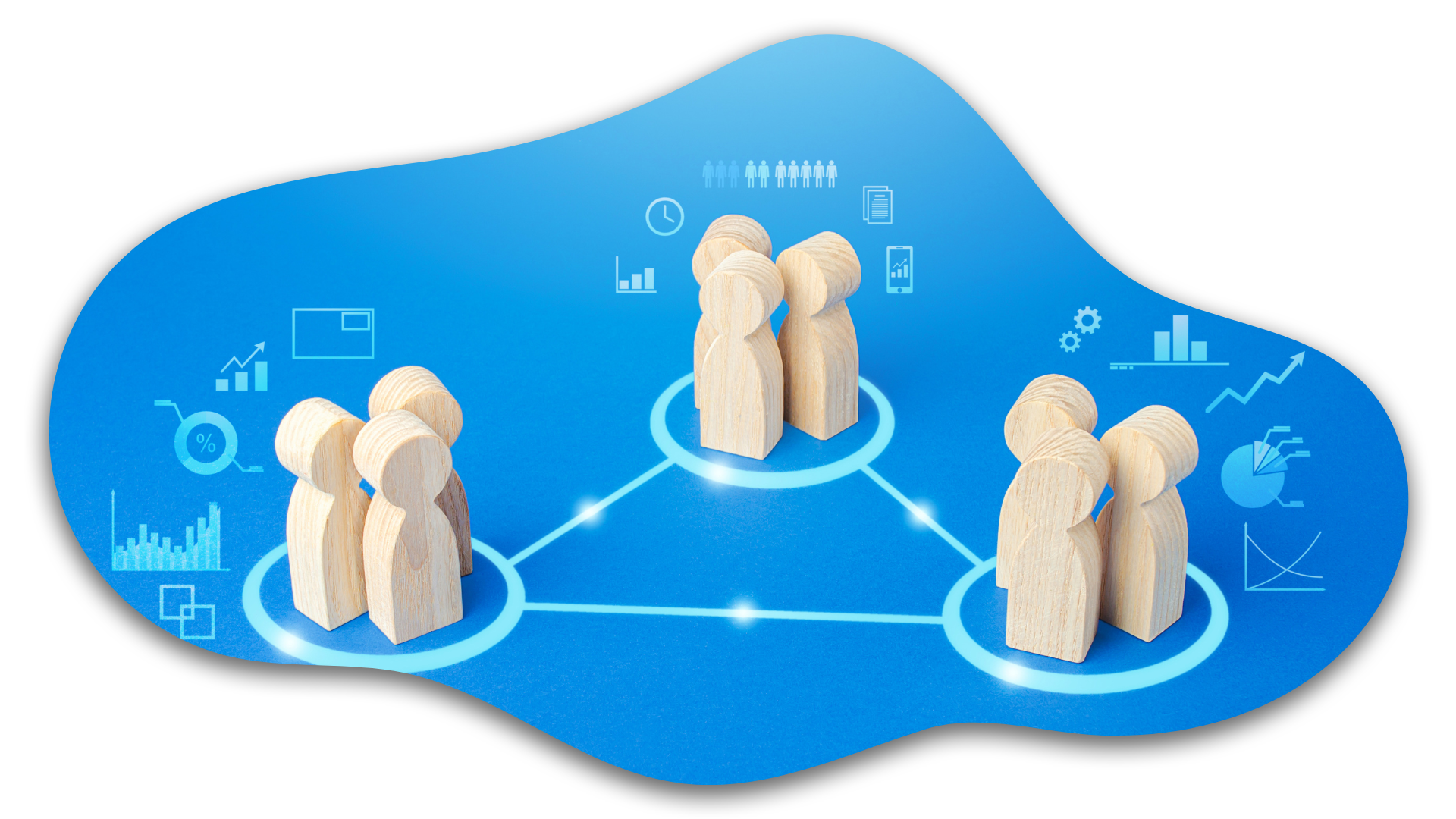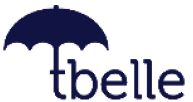
Why Connection, Culture, and Continuity Matter in the Age of Distributed Teams
Onboarding has always played a critical role in shaping employee success, but in the age of remote work, it’s no longer just about completing checklists or issuing welcome kits. A well-designed remote onboarding process now sets the tone for how new hires perceive company culture, connect with teammates, and stay engaged long-term.
However, while many companies have migrated their onboarding procedures to Zoom calls and digital PDFs, they still follow traditional models built for physical offices. The result? Employees feel disconnected, confused, or worse forgotten.
At the heart of great remote onboarding is a new way of thinking: Workforce Integration. More than a procedural welcome, Workforce Integration emphasizes emotional connection, cultural alignment, and meaningful communication between leadership and teams from Day 1.
This blog unpacks the best practices of remote onboarding, drawing on real examples, site studies, and the innovations of Workforce Integration to help you create a truly people-first onboarding experience.

Traditional vs. Modern Onboarding: What’s the Gap?
Most onboarding frameworks were built for in-office environments, orientations in conference rooms, face-to-face meet-and-greets, office tours, and “buddy systems” that thrive on physical proximity.
But remote work breaks that mold. In 2023, a Gallup report found that only 12% of employees strongly agreed their organization did a great job onboarding remotely. The disconnect isn’t because of poor intent, it’s because the design hasn’t caught up with today’s distributed realities.
The Traditional Shortfalls:
- Focuses more on compliance than connection
- Front-loads too much information in the first week
- Rarely personalizes the experience by role or geography
- Leaves new hires isolated or unsure whom to talk to
Why It Matters:
According to Glassdoor, organizations with a strong onboarding process improve new hire retention by 82% and productivity by over 70%. When that onboarding fails remotely, those stats become liabilities.
Example:
A tech company onboarded five developers remotely using their in-office checklist: HR orientation, a handbook PDF, and a Slack workspace invite. Three of the five left within 90 days. Feedback revealed the same issue: “We didn’t know who to ask, how to get unblocked, or what culture even meant here.”

The Workforce Integration Approach: Rethinking Onboarding
Workforce Integration redefines onboarding as more than a transactional process. It embeds new hires into the company’s ecosystem, connecting them to its culture, values, team, and workflows regardless of where they’re working.
It addresses what traditional onboarding misses: the quality of connection.
Key Pillars of Workforce Integration Onboarding:
- Purpose Alignment: New hires understand not just the job, but why it matters to the company mission.
- Cultural Immersion: Introduce not just policies, but actual lived values through storytelling and peer interaction.
- Meaningful Conversations: Create space for dialogue not just one-way briefings from managers, peers, and leadership.
- Integrated Technology: Tools like Notion, Slack, Loom, and Google Workspace are not just provided, they’re taught with context.
- Team Calibration: New hires are not just added to a team, they’re gradually integrated through a phased social and task-based approach.
Remote Onboarding Best Practices That Actually Work
Whether you adopt Workforce Integration fully or evolve your current process, the following best practices are critical for onboarding remote employees in a way that builds loyalty and long-term success.
Preboarding: Connection Starts Before Day One
- Send a personalized welcome email (with a short video or Loom)
- Share a digital welcome kit (not just policy PDFs, but introductions to team tools, culture deck, and “how we work” slides)
- Assign an onboarding partner or mentor to message the new hire before Day 1
Example: At GitLab, one of the largest all-remote companies, new hires receive a 200+ page public onboarding manual before joining, with real-time Q&A and Slack channel invites to foster pre-arrival connections.
Structure a 30-60-90 Day Plan (And Communicate It)
- Break down expectations by week and month
- Include skill-building sessions, role clarity, and project milestones
- Use clear timelines for feedback check-ins (weekly in first month, biweekly after)
Make Culture Visible and Accessible
- Host welcome huddles where teams share stories, values, and humor
- Record short videos from leadership or clients expressing what the brand stands for
- Invite new hires to join “culture slack channels” or peer-led interest groups
Study: A 2021 SHRM report noted that companies that actively integrate culture into onboarding see 33% higher engagement after 6 months.
Teach the Tools with Context
- Don’t assume digital native = tool-ready. Offer async tool demos via Loom.
- Show how each tool fits into workflows (e.g., “Use Notion to track deadlines,” “Slack for urgent issues,” “Drive for cross-team files”)
- Hold an optional “remote tech 101” lunch-and-learn
Personalise the Journey
- Tailor onboarding content by department, location, or job function
- Offer language support, timezone considerations, or async-first content
- Ask about learning preferences: some prefer video, some documents, some real-time calls

Measuring Success: How to Know Onboarding Works
It’s not enough to complete onboarding. You need to know it worked.
Key Success Metrics:
- Time to Productivity: How long does it take for the new hire to contribute meaningfully to a project?
- Employee Feedback: Run onboarding satisfaction surveys at day 7, 30, and 90
- Retention Rate: Track how many new hires stay beyond 90 or 180 days
- Manager Insights: Managers should note alignment, engagement, and performance calibration after Month 1
Workforce Integration Tip:
Add an onboarding “pulse check” survey that asks not just about tasks but emotions:
- “Do you feel like you belong?”
- “Do you know how to succeed here?”
- “Do you feel seen by your team or leader?”
These insights don’t just improve onboarding; they build a blueprint for better leadership.
The Human Element: Why It All Matters
Remote onboarding isn’t just about efficiency or checklists. It’s about people.
Workforce Integration teaches us that what’s remembered isn’t just the training or the logins, it’s how people felt when they started:
- Did they feel connected?
- Did they feel clarity?
- Did they feel cared for?
Without these, you risk the biggest cost of all: silent disengagement.
Relatable Example:
Imagine joining a company remotely where your only contact is an email from HR and a login link. No real hello. No team call. No manager check-in. Would you feel loyal?
Now compare that to a remote onboarding experience where:
- You receive a “Welcome to the Team” video from the CEO
- You’re matched with a peer buddy who chats with you on Day 1
- You’re invited to a virtual lunchroom where people introduce themselves
- You end the week with a personal check-in and a sense of what your work means
The difference? One integrates you into a system. The other integrates you into a purpose.

Conclusion: Remote Onboarding That Builds Belonging
In today’s distributed workplace, remote onboarding is your company’s first big promise to a new team member. How you deliver it shapes everything from retention and engagement to performance and brand loyalty.
Traditional approaches will fall short because they fail to connect the emotional, operational, and cultural dots. But with a Workforce Integration lens that is focused on purpose, people, and participation, you can build a remote onboarding process that’s not just effective, but unforgettable.
Let onboarding be more than orientation. Let it be a door into belonging.










